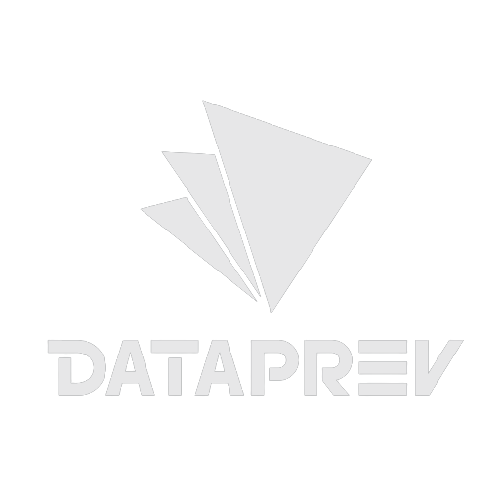Kleyson Prado
Senior Software Engineer
20+ years building digital products.
From a small university in Brazil to startups in Canada.
I write code that ships.
The Journey
I started coding before it was cool. My path wasn't linear — it was a git history of experiments, pivots, and growth.
Joined through FarmAtHand, a Winnipeg startup newly acquired. Modernized code, infrastructure, and product — migrated to CI pipeline with hosting and autoscaling on AWS.
Led stack migration from NodeJS/React/PostgreSQL/AWS to .NET Core/Angular/SQL Server/Azure after corporate merge.
First interview, first offer, life-changing move. Migrated customer app from Python to React/Redux with full i18n — enabled Skip to launch in Quebec in French ahead of competitors.
Built real-time applications using GraphQL, DynamoDB, Kinesis streams. Revamped back-office systems, automating workflows for operations teams.
Migrated educational software from legacy Clipper to LAMP stack, enabling the University's first online student enrollment.
As team lead, managed 5 developers. Redesigned 20+ modules using PHP, JavaScript, PostgreSQL. In my final year, managed a 22-person team supporting 50+ applications.
The Stack
20+ years, 50+ projects, 5 organizations.
I'm a T-shaped developer — generalist approach, specialist where it matters.
I've never limited myself to a single domain. I move fluidly between frontend, mobile, backend, and infrastructure — taking freelance work specifically to gain experience with new stacks.





